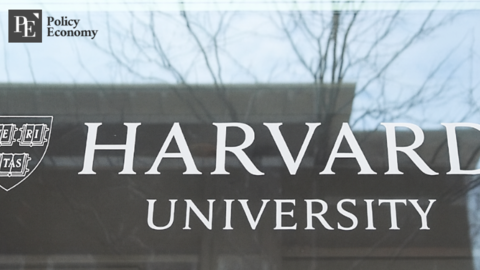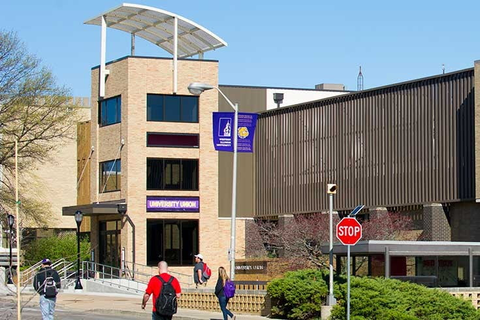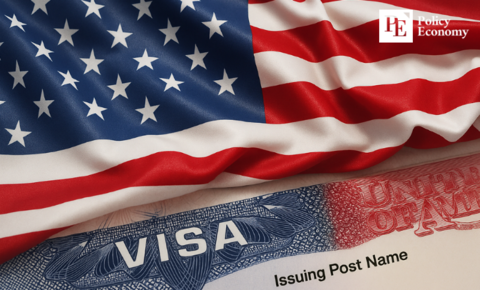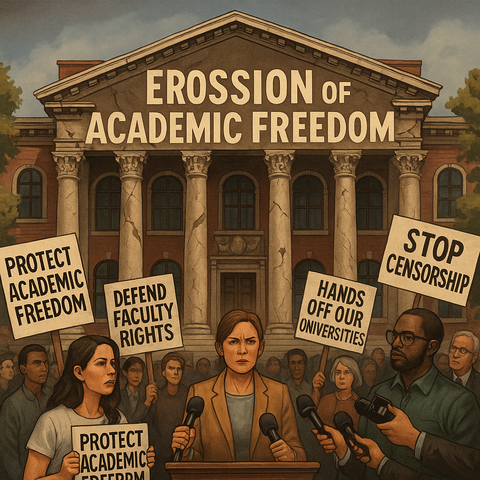The term “affirmative action” in the United States’ education sector, at present, mostly refers to the use of race in the college admissions process to correct inequity in higher education. Specifically, colleges and universities consider the applicant’s race in the admissions, giving underrepresented minority (URM) students slightly — though
some may disagree on the degree of influence — more favorable consideration.
Universities initiated race-conscious admissions policies in the late 1960s following the passage of
the Civil Rights Act of 1964. At the time of the enactment, Title IV of the act authorized the Attorney General to enforce the desegregation of public school and university systems, while Title VI prohibits any entity that receives federal funds or financial assistance from discriminating or distinguishing among individuals on the basis of race or national origin. Of the two, the latter is currently being used as one of
the principal legal grounds by an anti-affirmative group to dismantle race-based admissions policies at Harvard University.
Why Does it Matter Now?
There have been two consecutive years of decline in applicant numbers across the United States since the coronavirus pandemic started in early 2020.
The National Student Clearinghouse Research Center, the only nonprofit organization that provides nationwide enrollment and degree records complying with the Family Educational Rights and Privacy Act (FERPA), reported a 6.6 percent (or 1,025,600 students) decrease in total undergraduate enrollment during two years of the pandemic.
However, despite the continuous decrease in college applicant numbers, it is ever more important to discuss affirmative action in higher education, as the nation’s most elite universities — where the debate on affirmative action becomes most fierce — recorded the lowest acceptance rate in their history. Not only did Ivy Lague schools such as Harvard University and Columbia University report
3.19 percent and
3.7 percent of record-low acceptance rates, but other nationally renowned institutions like Rice University and Tuft University also celebrated their lowest acceptance rates of
8.56 percent and
9 percent, respectively.
Furthermore, an extensive list of colleges, including
all eight Ivy League schools, have extended their decision to stop requiring SAT or ACT scores in their admissions process for the 2022-2023 application cycle. Although most schools still require other exam scores such as AP exams or SAT II subject tests, their decision to forgo standardized test score requirements leaves great room for people to suspect and speculate the degree of impact race has on admissions. Therefore, considering the two aforementioned circumstances in the nation’s higher education, it is reasonable to expect the debate on affirmative action in higher education to only be intensified in the near future, further granting appropriateness to discuss the topic of this article here and now.





















